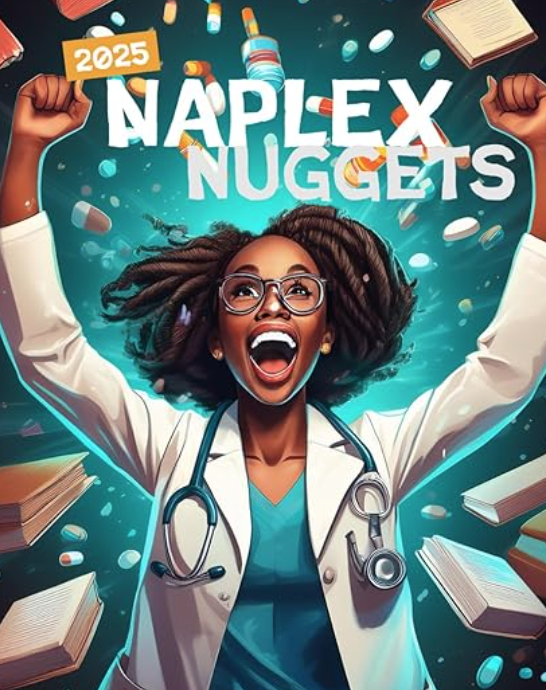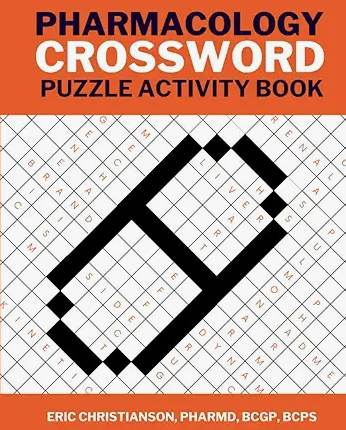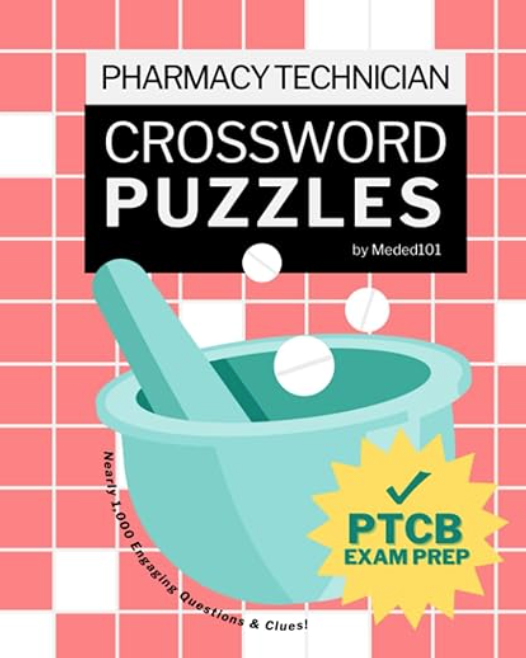I’ve encountered a significant proportion of patients who are on chronic benzodiazepines. Drug interactions, adverse effects, and other risks to my geriatric patient population are significant when using this class of medication. Benzodiazepine withdrawal is another real issue and one of the reasons why we try to limit their use to short-term only. In the new 2024 Benzodiazepine Tapering Guidelines, the American Society of Addiction Medicine (ASAM) tackles some of the basics of benzodiazepine tapering. I’ll share some of the highlights below, Please be aware that this is a DRAFT, NOT A FINAL GUIDELINE! If you disagree with something, you may submit a comment to the authors.
Benzodiazepine Tapering Guidelines – Rate of Taper – 5-25%
Some previous practices regarding benzodiazepine tapering were significantly more aggressive in the reduction percentage. Previous guidance was in the 25-50% reduction range. The ASAM draft recommendation is a 5-25% reduction and no more than 25% every 2 weeks. This is a much more conservative approach and in most circumstances, I agree that slower tends to be more tolerable for patients. I would not feel comfortable recommending a patient decrease lorazepam from 1 mg four times per day to 2 times per day in most situations.
The benzodiazepine tapering recommendations from ASAM are intended for patients who have taken benzodiazepines for greater than 1 month. In patients who’ve only taken benzodiazepines for a shorter amount of time, it would be reasonable for a more aggressive reduction and possible abrupt discontinuation for very short durations of use (i.e. days or 1-2 weeks.
Other highlights of the ASAM draft benzodiazepine tapering guidelines include:
- Review the risks versus benefits of long-term benzodiazepine use every 3 months
- Pay close attention to patients on opioids or with substance use disorder; they are at higher risk of complications when using benzodiazepines (always a good board exam drug interaction!)
- Slow the pace of the taper if the patient experiences withdrawal symptoms
- “Clinicians should avoid abruptly discontinuing BZD medication in patients who have been taking BZD daily or near-daily (e.g., more days than not) for longer than one month”
- Naloxone should be prescribed for any patient receiving benzodiazepines in combination with opioids
- “Clinicians should taper BZD in most older adults unless there are compelling reasons for continuation”
What do you think? Are the draft benzodiazepine tapering recommendations heading in the right direction?
- 30 medication mistakes PDF
- 18+ Page Drug Interaction PDF
- 10 Commandments of Polypharmacy Webinar based on my experiences in clinical practice









I believe the best info about benzodiazepines, including withdrawal, and everything else in detail, is to read the 93-page manual written by“PROFESSOR C HEATHER ASHTON, DM, FRCP” AKA “THE ASHTON MANUAL” an excellent read!
For example:
Potency: “A large number of benzodiazepines are available (Table 1). There are major differences in potency between different benzodiazepines, so that equivalent doses vary as much as 20-fold. For example, 0.5 milligrams (mg) of alprazolam (Xanax) is approximately equivalent to 10mg of diazepam (Valium). Thus a person on 6mg of alprazolam daily, a dose not uncommonly prescribed in the US, is taking the equivalent of about 120mg of diazepam, a very high dose. These differences in strength have not always been fully appreciated by doctors, and some would not agree with the equivalents given here. Nevertheless, people on potent benzodiazepines such as alprazolam, lorazepam (Ativan) or clonazepam (Klonopin) tend to be using relatively large doses. This difference in potency is important when switching from one benzodiazepine to another, for example changing to diazepam during the withdrawal, as described in the next chapter.”
Excerpt From
The Ashton Manual
Prof. Heather Ashton
https://books.apple.com/us/book/the-ashton-manual/id1612026573
This material may be protected by copyright.